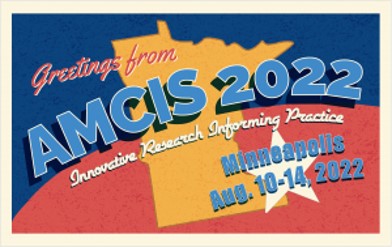SIG SAND - Systems Analysis and Design
Loading...
Paper Type
Complete
Paper Number
1176
Description
Since the manufacturing industry is facing increasingly advancing digitalization, digital twins (DT) have become a popular means for integrating various actors' value creation using a smart product. DTs are information systems that connect the physical and virtual worlds. The design of DTs is time-consuming, expensive, and lacks appropriate prescriptive design knowledge for its development. Design principles (DP) represent a mechanism to codify design knowledge into prescriptive knowledge. However, the mostly abstract DPs are often difficult for practitioners to operationalize during software development projects, rendering the design knowledge difficult to access. The paper at hand addresses these issues by providing a reference model for DT development as a semi-abstract artifact. The model has been constructed by drawing on a literature review and empirical cases in the manufacturing industry. The reference model includes multiple adaptation mechanisms to ensure a flexible development of company-specific DTs.
Recommended Citation
Wache, Hendrik; Hübner, Eric Jan; Hönigsberg, Sarah; and Dinter, Barbara, "Closing the Implementation Gap of Digital Twins" (2022). AMCIS 2022 Proceedings. 3.
https://aisel.aisnet.org/amcis2022/sig_sand/sig_sand/3
Closing the Implementation Gap of Digital Twins
Since the manufacturing industry is facing increasingly advancing digitalization, digital twins (DT) have become a popular means for integrating various actors' value creation using a smart product. DTs are information systems that connect the physical and virtual worlds. The design of DTs is time-consuming, expensive, and lacks appropriate prescriptive design knowledge for its development. Design principles (DP) represent a mechanism to codify design knowledge into prescriptive knowledge. However, the mostly abstract DPs are often difficult for practitioners to operationalize during software development projects, rendering the design knowledge difficult to access. The paper at hand addresses these issues by providing a reference model for DT development as a semi-abstract artifact. The model has been constructed by drawing on a literature review and empirical cases in the manufacturing industry. The reference model includes multiple adaptation mechanisms to ensure a flexible development of company-specific DTs.
When commenting on articles, please be friendly, welcoming, respectful and abide by the AIS eLibrary Discussion Thread Code of Conduct posted here.



Comments
SIG SAND